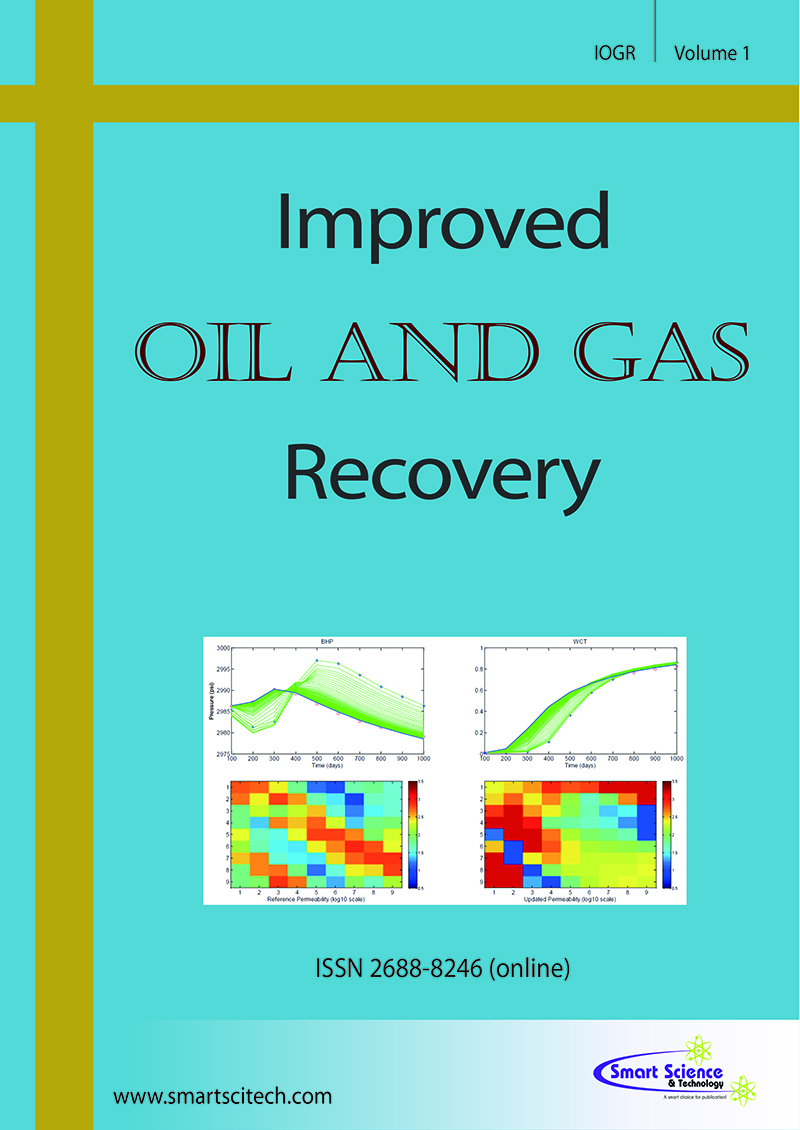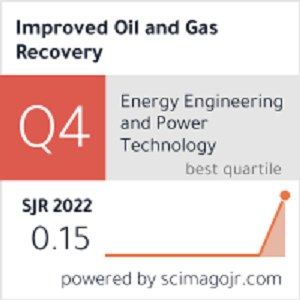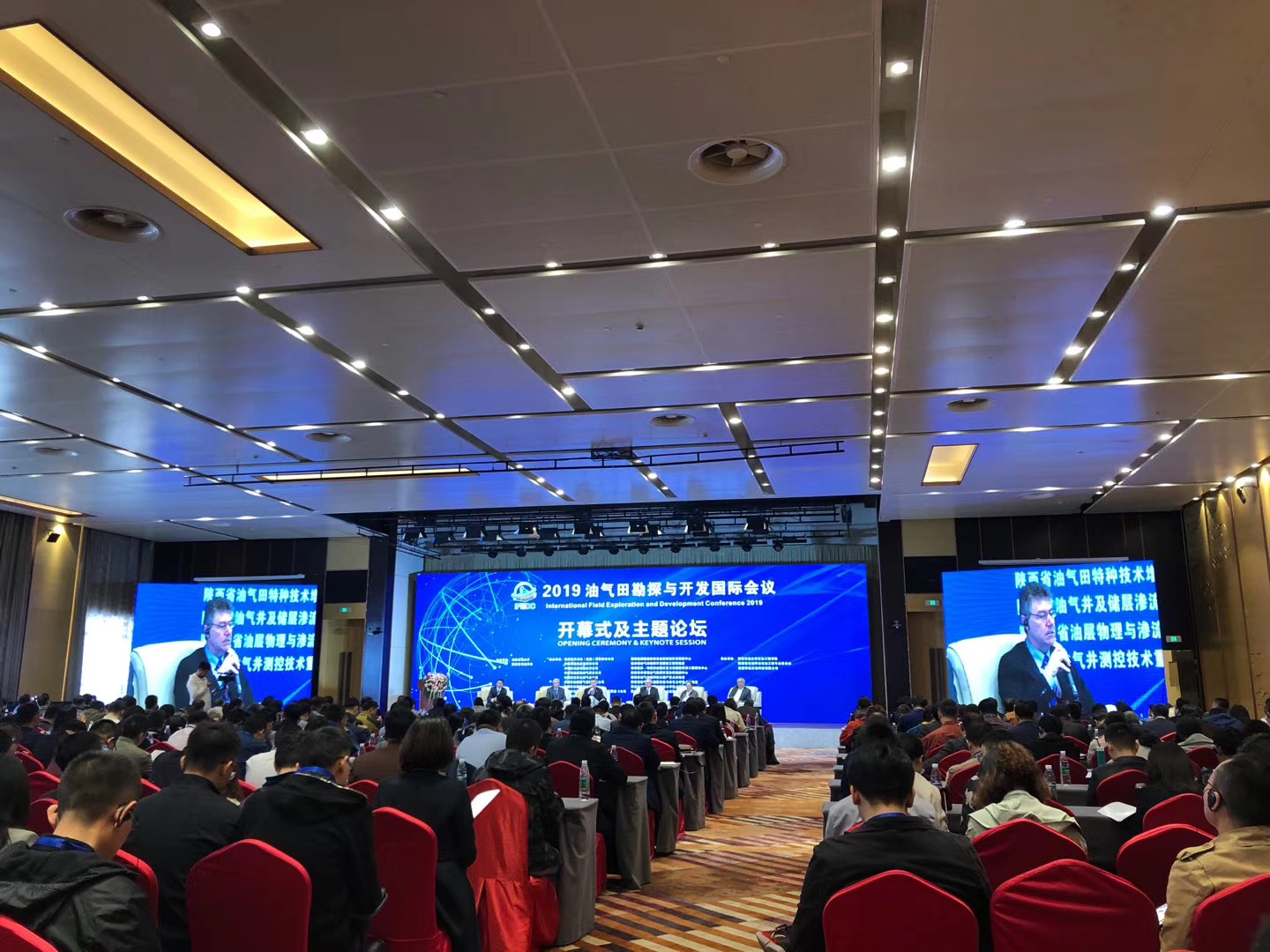Multiscale Investigation of a Less-Damaging Friction Reducer to Mitigate Formation Damage in Unconventional Shale Reservoirs
DOI: 10.14800/IOGR.455
Abstract
Among the additives in slickwater fracturing, only friction reducers (FRs) are heavy molecular polymers, many of which are polyacrylamide-based. Although they are useful for their intended purpose, FRs rapidly decrease the production rate in shale by damaging the formation. This paper describes the damage mechanism in detail and proposes a less-damaging FR.
Molecular dynamics simulation was used to evaluate how salts potentially encountered during fracturing treatments affect polyacrylamide-based FRs (PAM and HPAM). This work focuses on identifying an ideal less-damaging FR and proposes one based on predictions verified by the experimental results of coreflood simulation tests. Field cases were also conducted, and results show that this less-damaging FR can better mitigate formation damage compared with conventional FRs. Although production decline still occurs in a treated well, it is slower than that of a control well treated with a conventional FR.
The radius of gyration results from molecular dynamics simulations show the salt-tolerant patterns of PAM and HPAM follow a trend in which trivalent ions affect polymers more than bivalent ones, and monovalent ions affect the polymers the least. This result is consistent with results reported in the literature. This research predicts that the polymer chains in a less-damaging FR should be in the medium to short-range, the polymer concentration should be much lower, and nanoparticle fillers are necessary. The turbidities of the less-damaging FR solutions are almost ten times lower than those of HPAM. In addition, this new FR has only a negligible reaction with selected salts. Coreflood test results indicate that the permeability lost via conventional FR is 92.6% to 99.8%. In contrast, the permeability damage via the less-damaging FR is 0.8%. In the field test, two wells on the same platform were treated with two different FRs. After three months of production, a comparative decline of gas production rate in measurable formation damaged by the less-damaging FR (10% reduction of initiated production rate) and a conventional inverse emulsion FR (30% reduction of daily gas production) was observed.
This work simulates the trend of conventional FRs affected by salts for the first time. It further provides a systematic method to mitigate formation damage caused by FRs by combining molecular dynamics simulation, prediction, lab tests, and field tests. This procedure is useful for future work as well. A new less-damaging FR has been identified that will prove beneficial for the industry.
Downloads
Published
How to Cite
Issue
Section
License
Copyright (c) 2019 The Author(s)

This work is licensed under a Creative Commons Attribution 4.0 International License.












